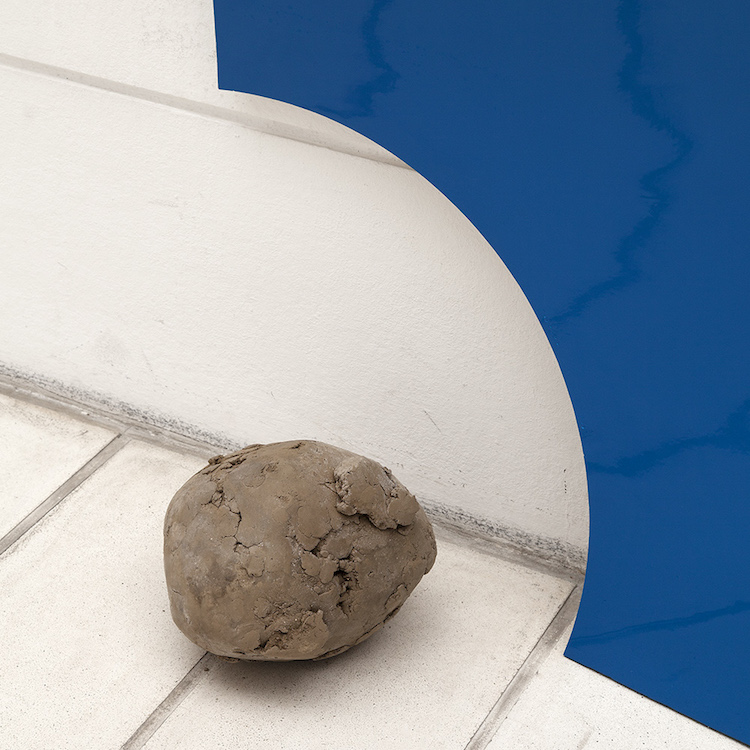BAGSVAERD, Denmark — Kristine Tillge Lund’s exhibition Ultimate Soil and Other Props is not just a materialization of concepts or a conceptualization of materials it is both simultaneously – or even more: It is a masquerade in which the material both obscures and reveals their immanent conceptual value.
Material is concept, form is content. And besides that – or exactly because of that – the exhibition shakes up the ceramic provisions: For if an assembly line can produce unique objects, if ceramics can be auto-lacquered and water jet cut, if a vase can be a pure idea, what is ceramic craft then?
As a brick yard produces bricks, during the factory production, lumps of clay are pushed aside and gathered along the assembly line, and when a brick worker discovers this residue, she throws it away. Tillge Lund has collected these lumps, and presents them in Bagsvaerd Church as exhibition props.
If one follows the etymology of the prop, it leads us from the word for property back to a designation for “the natural,” which compared to the current meaning, must be said to be in a completely different and almost opposite semantic category. If we look closer at the lumps from the brickworks, one could say that a similar semantic inversion is going on: An assembly line can apparently produce individual objects of ceramics. This leaves us with a few questions:
What justifications does ceramic craft have if machine production no longer only typifies, but also individualize the art object? Can we even maintain a qualitative artistic division of the handmade and the machine-made?
These issues are no less relevant, when we examine the material composition we see in the blue shiny ceramic tiles, Tillge Lund has set up in Bagsvaerd Churchs exhibition area.
The tiles are leaning against the wall, each with a circular incision that exposes an inner core of non-refined clay (rock, gravel, sand, silt and earth). Or, as the title indicates: soil.
Soil, [soil]: “The top layer of the earth’s surface in which plants can grow.”
The machine-made circular cuts and the auto-lacquered surfaces are directly opposed to the tiles’ (literally) basic interior. Or are they? In a certain respect, clay soil is also a surface material (”earth’s surface”) and in that sense the technophied surface treatment hides a new surface.
This conceptual fast and loose with surface/content dichotomy, we also find in the vase made of pure glaze, shown in the church’s gallery corridor. The glaze is of course a surface material, which also means that the material carries an inherent conceptual quality: As a semiotic scene the surface is opposed to “under the surface” – content. But what if this contradiction is false? What is a vase of pure surface? One could say: A vase’s mask.
Text (edited) from Aske Viuff.
Do you love or loathe these works from the worlds of contemporary ceramic art and contemporary ceramics? Share your thoughts in the comments.











Add your valued opinion to this post.